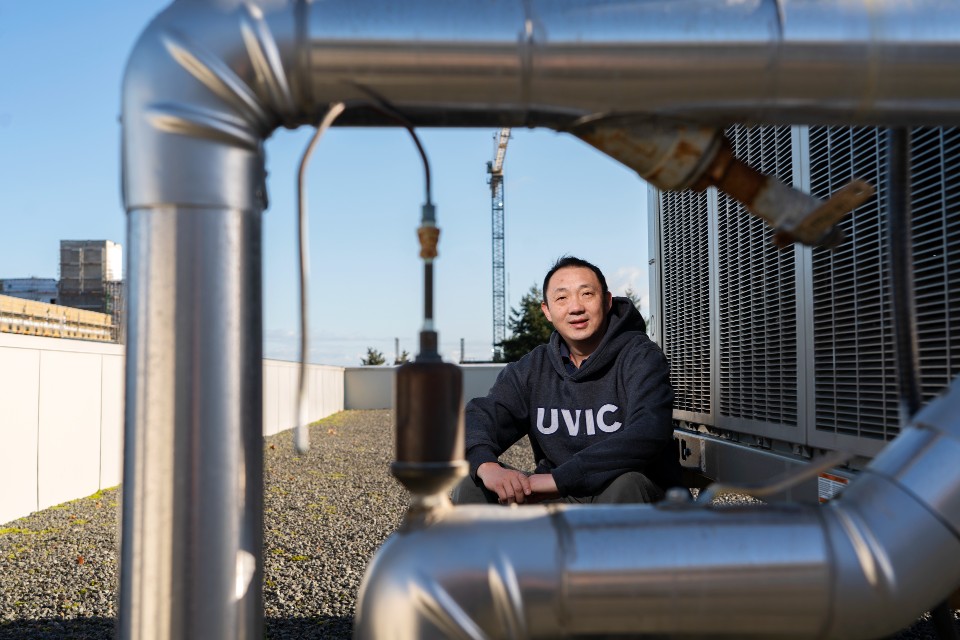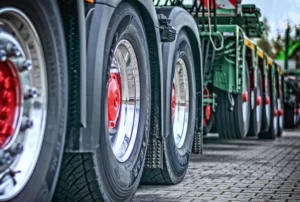
The heat dome baked parts of the Pacific Northwest. Wildfires raged around the world. Torrential and destructive flooding displaced communities in British Columbia. The world in 2021 was fixated on the impacts of climate change.
But if humans are going to stop the damage they’ve caused, they’re going to need help from machines, researchers say. That’s where Yang Shi comes in.
Shi is director of the University of Victoria’s Applied Control and Information Processing Laboratory, and his focus is on the mathematic models and strategies behind the remote control and monitoring of complex cyberphysical systems. His research encompasses the theory underpinning large-scale systems such as smart buildings, communities and cities—work that will be crucial in ensuring the efficient use of energy to reduce carbon emissions.
That’s not just a matter of having energy efficient cooling systems, though. Rather, energy efficiency must be built into a design that actively considers carbon requirements because there’s a price associated with carbon.
“This cost needs to be considered in the individual control and optimization of each agent—that is, for example, a single room or a small building—and the community-wide control and optimization,” Shi says, noting each layer of such a hierarchical system must be co-ordinated with the others.
Putting this into context, he points to the example of a smart community, which has interconnected controls and technology designed to maximize energy efficiency. If such a community has renewable energy integrated into its grid—for example wind farms and solar panels—there will at times be an intermittent supply of electricity due to weather conditions.
The remote, artificial intelligence-enabled control systems he’s working on can balance out those fluctuations so that those communities are only using power from conventional, often carbon-producing grids when absolutely necessary, and supplying power back to those grids when they have an excess of renewable electricity.
These complex dynamic systems make realtime adjustments not just based on the control algorithms created by Shi and his colleagues, but on machine learning and AI that can make predictions based on information that is collected.



